1981
29. The Noble Bridegroom
Rahel Nehemia, Toba Sofer and others. Recorded by Avigdor Herzog, Moshav Taoz, December 23, 1981. CD track 9; II-7.
Sārimān talamuḍi manna kŏṅguma
Tāḷěn ěṅgiluṃ pāḍumě
Takati āya vīran pāḍuṃ
Caṅgěyuṃ palatuḷḷavan
1. The noble bridegroom with a fine turban,
Adorned with crimson kunkuma[1] paste—
Behold, he comes singing out courage and shyness,
Walking slowly through our street.
Now I can see at the head of the street,
Now he appears there, within my sight,
Gracefully moving, this way and that way,
This way and that way, he moves through the street.2. Bring forth the love-sounds, bring them, O kuyil bird!
Here come the Marakkar[2] sailors in front!
And then may Love also come running;
Then to the paḷḷi Love will come too.
Sing while they are there at the turning—
Behold, at the corner where two streets meet.
Sing to the Portuguese sea-going sailors.
On the way to the paḷḷi, sing out the news!3. May the finest couple always shine—
The choicest pair of heavenly pearls.
May all your longings be fulfilled,
Enticing with innocent delight.
O pearl of heaven, pearl of the earth,
O the finest of emerald gems!
Gracefully moving, this way and that way,
Now to the paḷḷi you also must go.4. Strike, oh strike, like lightning and thunder.
Let dark disappear and the sky become clear.
Keep your emotions under control.
Receive the pendant, the marriageāli.
As it is tied for you in the paḷḷi,
Your veins will throb, and your bangles will jingle.
Your veins and coral bracelet will throb.
Like kunkum, your veins and bangles will blush.
This romantic wedding song is found in notebooks from both the Kadavumbhagam and Paradesi communities in Kochi, whose synagogues are located at opposite ends of the long Jewish street. For one familiar with the area, it is easy to imagine exclaiming “Behold!” when first sighting the bridegroom in a wedding procession approaching from either direction along “our street” (terivu, also translatable as “our neighborhood”). In fact, the wedding processions in Kochi used to travel the length of Jew Street, accompanied by music and drumming from bands of non-Jewish musicians.
Zacharia appreciates the rich poetry of this song, which he interprets as a dialogue between the bride and a kuyil bird (2005, 196–197). In the first two stanzas, the bride points out the handsome and elegantly dressed bridegroom, walking slowly and gracefully through the street toward her. She urges the bird to proclaim the news of her wedding far and wide, not only to the Muslim Marakkar sailors who are at the front of the procession but even to the Portuguese, who might carry the word to distant lands. The bird responds with praise for the couple and encourages the eager bride in erotic superlatives to remain calm despite her inner turmoil when she receives the marriage pendant—culminating with another reference to the color red in her throbbing veins and jingling coral bangles.
The scene of this wedding procession is thoroughly South Indian. The kuyil bird is a koel, a type of cuckoo associated with romantic love in Indian literature. The kunkum paste adorning the bridegroom is traditionally applied to the forehead for Hindu rituals and celebrations. The Marakkar Muslims leading the procession were known for their traditional connection to boats and the sea—as were the Portuguese traders who are requested to spread the news of the wedding.
This song was recorded at Moshav Taoz in 1981 as a “clapping song” performed by singers and circle dancers from Kadavumbhagam-Kochi.
________________________
[1] Kunkum or kumkum, a red-dyed turmeric powder or paste.
[2] The Marakkars are a Muslim group living mainly in northern Kerala.







